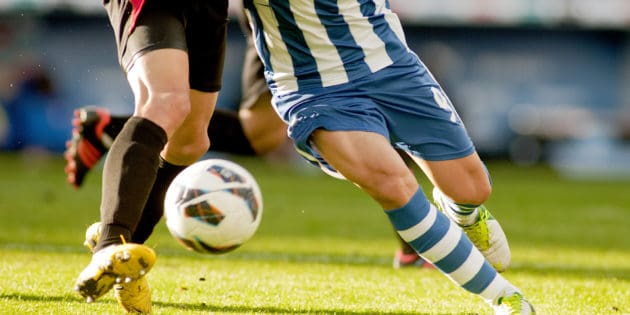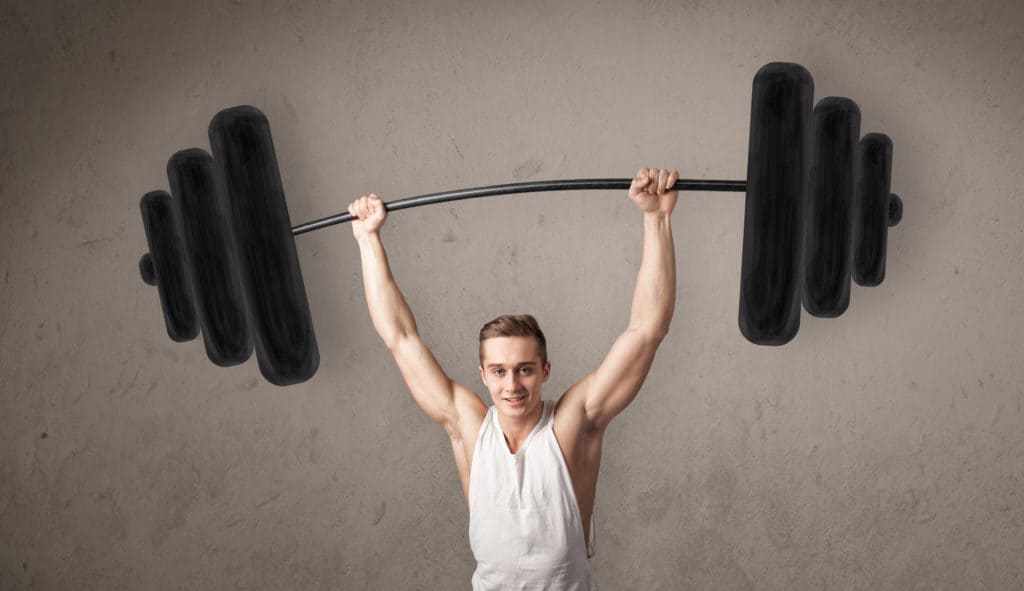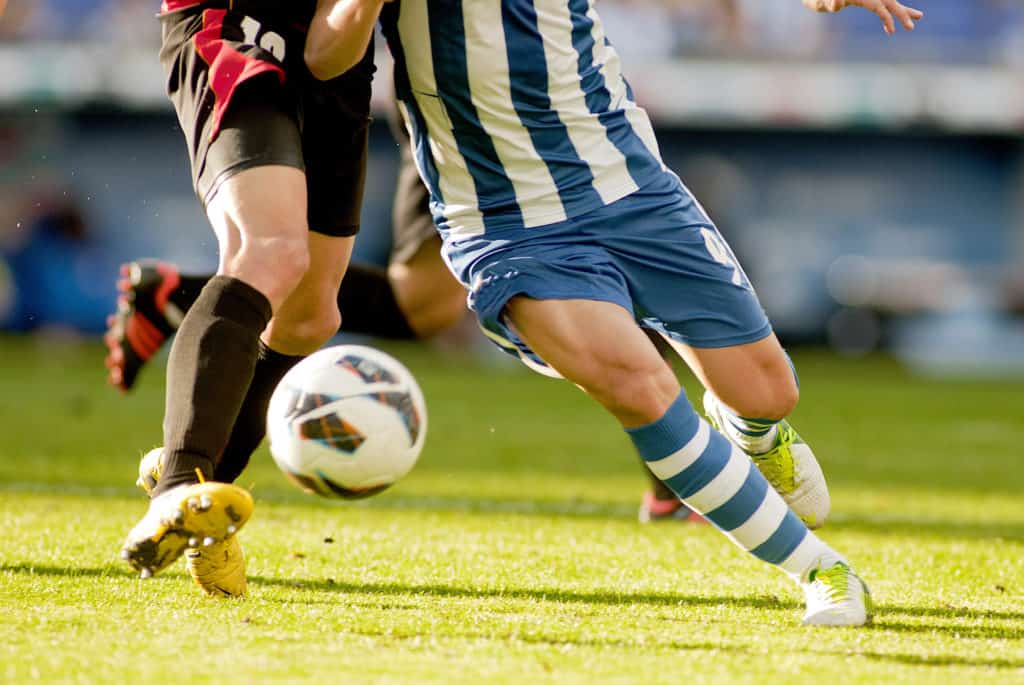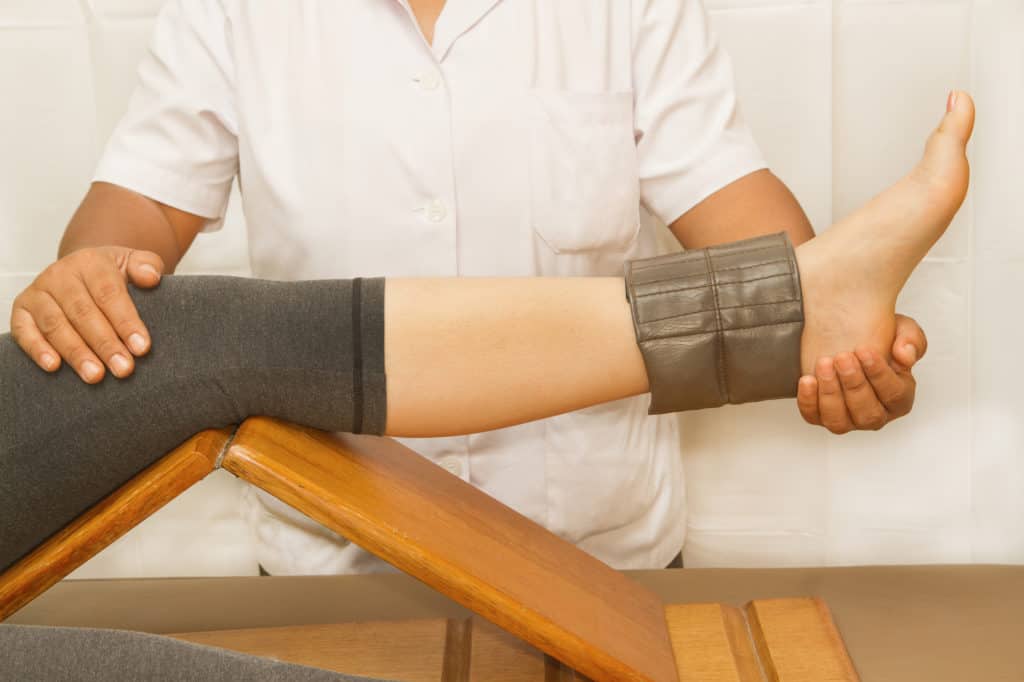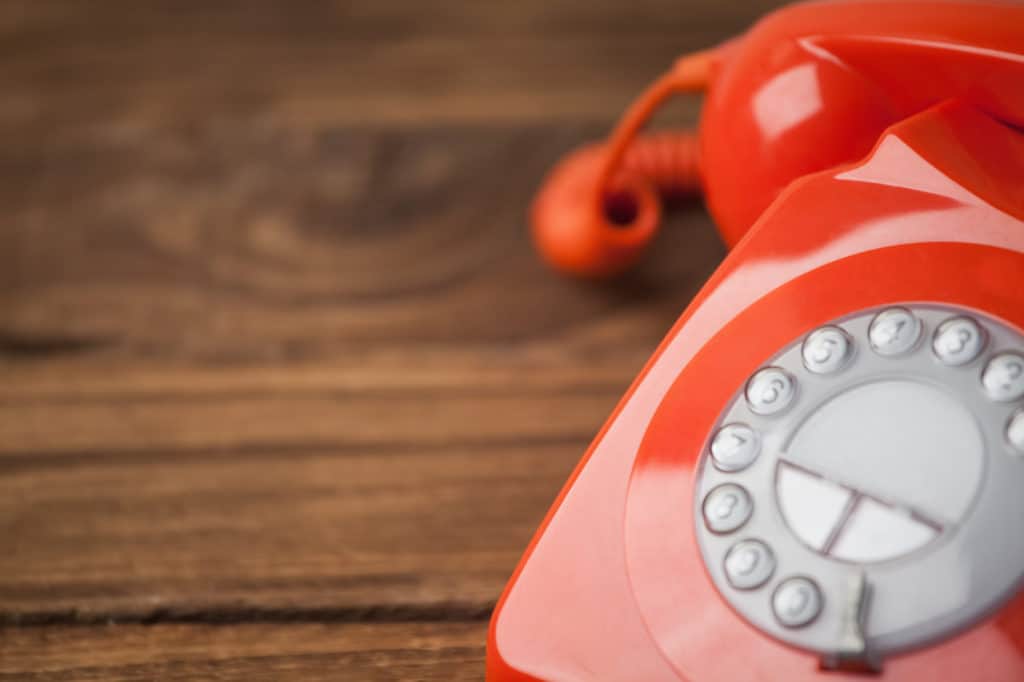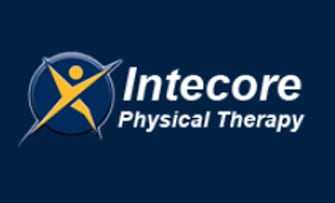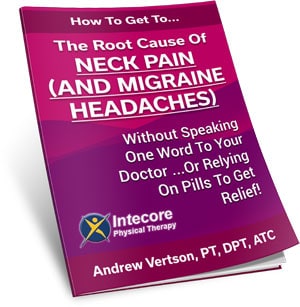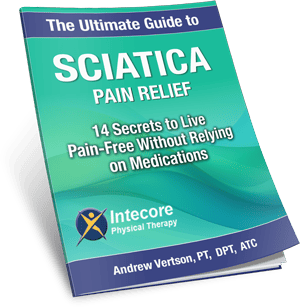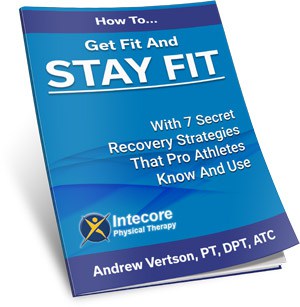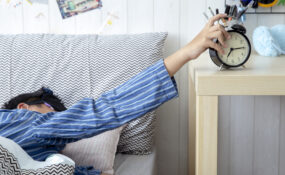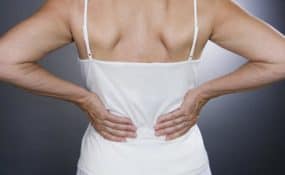If you ask any professional worth their salt from the healthcare sector (especially in physical therapy) – ‘what’s the best way to stay in shape? ’ – then you’ll get the same answer. Activity!
You’ll probably already know it, but activity is the most effective way to stay fit and healthy. It’s usually always the number one recommendation when tackling fatigue, heart disease, post-surgery recovery, and mental health.
It doesn’t have to be excessive gym sessions or running marathon distances, basic activity in the form of a walk or a local sporting club can bring huge benefits for your overall health and wellbeing.
However, there are a few things to watch. For starters, taking on any level of activity can bring strain upon certain parts of your body. Out playing soccer? You could sprain your ankle. Hitting the golf course? You could strain your shoulder. Going for a gym workout? You could tear a muscle.
That’s where physical therapy comes in.
But wait. Physical Therapy is for older people, right?
Wrong. What many ‘youngsters’ fail to realize is that physical therapy can improve performance, stamina, and ability. It’s not just about injury recovery. Looking to up your game or workout? You need some physical therapy to advance your stamina!
Here are just a few ways that physical therapy can assist your sporting performance.
Physical Therapy Can Aid Your Endurance And Range Of Motion
Although physical therapy can’t instantly upgrade your levels of cardiovascular endurance, it can address certain muscles that are often affected by fatigue and cramp.
By strengthening these core muscles, you can improve the functionality and reaction/healing times of your body for peak fitness levels. This all helps in the last lengths of that marathon you are planning, or to keep pace with your rival in the gym. Suddenly that treadmill on the scary incline setting won’t feel so daunting after some physical therapy sessions.
Next up in your range of motion. That’s ‘motion’, not ‘emotion’. We can’t fully help with your range of emotion (although we can provide tissues), but instead, we can help you discover and treat those hurdles that are preventing you from moving correctly.
After all, you can’t perfect your golf swing without a clear range of motion!
Increase Your Flexibility And Strength!
It might sound strange, but a qualified physical therapist can tell how flexible you are. By watching the way that you move, they can identify the parts of your body where mobility and flexibility are limited.
By employing targeted exercises and building tolerance in the muscles, you can open up a further range of motion and drastically improve your lumber’s elasticity. Not only will this help with performance, but you can also protect yourself against injury.
With flexibility, comes strength. And strength is vital when engaging in that game of soccer, baseball, or basketball that you enjoy. You can’t perform at your peak without healthy and tolerant muscles, and physical therapy aims to advance the core areas that will take you to the top.
You’ve Got The Power!
Regardless of whether your preferred sport is Olympic-style gymnastics or field-based baseball, after some physical therapy sessions, you will feel a major difference in your power abilities. While that makes you sound like a moderately robust Pokemon, what we are actually referring to is the easing of muscle restrictions for your full scope of motion.
Gaining extra motion allows an extra dollop on your ‘power scale’, providing you with the bandwidth to jump higher, run faster, move with extra agility, and remain active for longer.
Balance and Style (Gait)
At the risk of sounding like a fashionista guru, physical therapists can help with your style – of walking and moving, that is!
You probably won’t be aware of it, but your genes often dictate how you move. We all have different ways of walking, running, and moving around. Our styles are usually passed to our children, and absorbed by spouses or fitness partners.
Our individual style of movement is referred to as a ‘gait pattern’ and encompasses all of our body movements working together. Physical therapy helps to improve the efficiency of your gait pattern by training your muscles to supply greater support and permit ease of movement.
That may not sound hugely beneficial as words, but you’ll feel the difference when engaging in your sport of choice. Or simply running for a train!
While on the subject of multiple bodily functions working together for your benefit, we can’t forget to mention how physical therapy can help you balance when partaking in sport.
In order to retain your balance, you need muscle strength – alongside all that business with inner ear canals and vision. Sessions with your physical therapist massage, manipulate, and improve the core muscles that we depend upon for balance. And, as you’ll already know, for playing golf, tackling a soccer ball, or even just going for a walk – proper balance is crucial for success.
Injury Recovery
You don’t want them. We don’t want you to get them and end up suffering. But the injury does happen, most often out of the blue and with infuriating recovery time. You want to go out there again as soon as possible, right?
Well, while physical therapy cannot make you invincible or prevent serious injuries from changing certain aspects of life, it can help with the recovery time. It’s been proven that physical therapy can help get you back on your feet far quicker than simply depending on painkillers.
Trained physical therapists know how to target the recovery areas in your body and help them on their way.
There’s an element of injury prevention with physical therapy, too. One of the biggest goals for any PT is to help prevent pain in the first place.
Those who are athletic can overlook physical therapy when crafting their exercise regime, believing that PT is only for recovery tactics. However, we believe that physical therapy is just as important as having the correct training and warm-up procedure for any sporting activity.
Physical Therapy Can Help Reduce Pain
It’s a common trend to mask pain with prescription drugs. We are well versed in the art of addressing pain rather than masking it with painkillers.
Becoming dependent on painkillers does not solve the problem. You will not wake up one morning and find that your pain has gone away by itself.
Neither does working around your pain to re-adjust your lifestyle accordingly. That soccer leg injury, or recent back trauma from a slam dunk gone wrong, should not dictate your daily activity.
When pain becomes chronic, we can’t promise a cure, but we can minimize the impact it has on your life through the use of tailored physical therapy. Our technique is to mitigate the pain so that you can still get involved with the things you love.
One example is to identify the movements that cause friction and pain. You can then learn to avoid these particular movements and follow our recommendations for alternative movements that achieve the same result. This allows you to keep doing the sports and activities that you enjoy. There is always a way!
How To Get In Touch With Us
Ready to get back on your feet? We can help you.
Don’t feel frightened or panicked about getting in touch. You have nothing to fear! Physical Therapy is a non-injurious process that’s designed to improve your quality of life.
You can reach out and book a free telephone consultation, a 20-minute discovery session, or some physical therapy sessions to start you on your way.
We don’t generalize your condition and hope for the best. We take the time to get to know you, learn about your injury history, and tailor a bespoke service for your best chance at an efficient and speedy recovery.
The doctors don’t always agree, but sports injuries should be taken seriously. These injuries stop you from taking part in something that is important to you. Losing out on something like that can have a drastic effect on your mental health, and your motivation for accepting invites from family and friends.
Alongside all that, activity also keeps you healthy! And staying healthy means you get the most out of life. Although all that is something that appears to be lost on most physicians and general physical therapists these days.
Whether you’ve pulled a calf muscle while running, have damaged a hamstring, gained a golfing injury to your shoulder, twisted your knee on the pitch, sprained an ankle on the court, or suffer from runners’ knee, we have seen and treated it all.
I am proud to recommend the Intecore PT team for helping you to recover from a sporting injury.
Or, if you are simply on the hunt for a therapy that can improve your sporting game, then I’m delighted that you have found this blog post. Get in touch with us to arrange ‘leveling you up’. Let’s do this!
- Are You Experiencing Shoulder Pain from Sleeping Wrong? - October 21, 2025
- How Many Hours of Sleep Do You Need for Recovery and Injury Prevention? - September 8, 2025
- Can Physical Therapy Help You Avoid Surgery? - August 1, 2025

